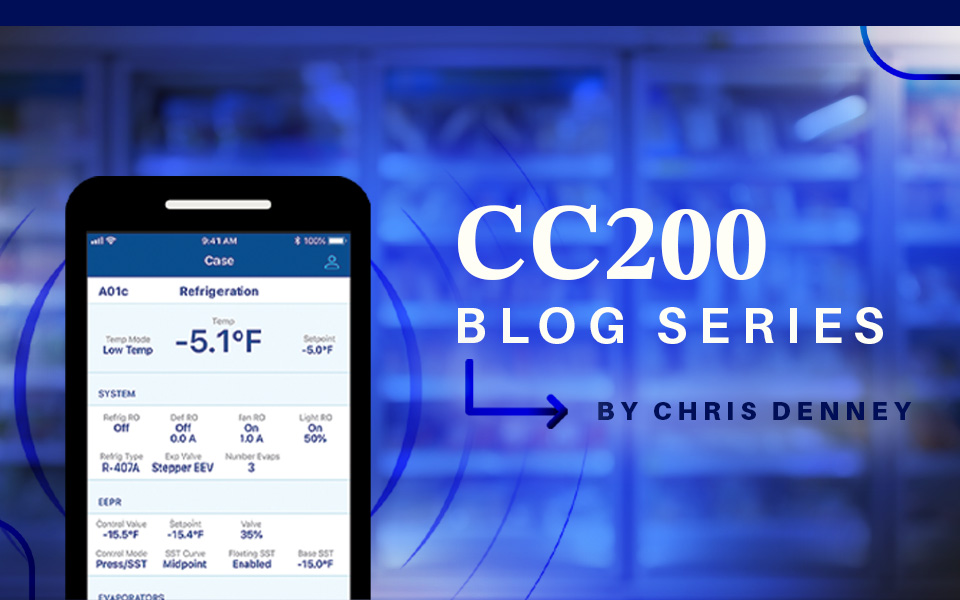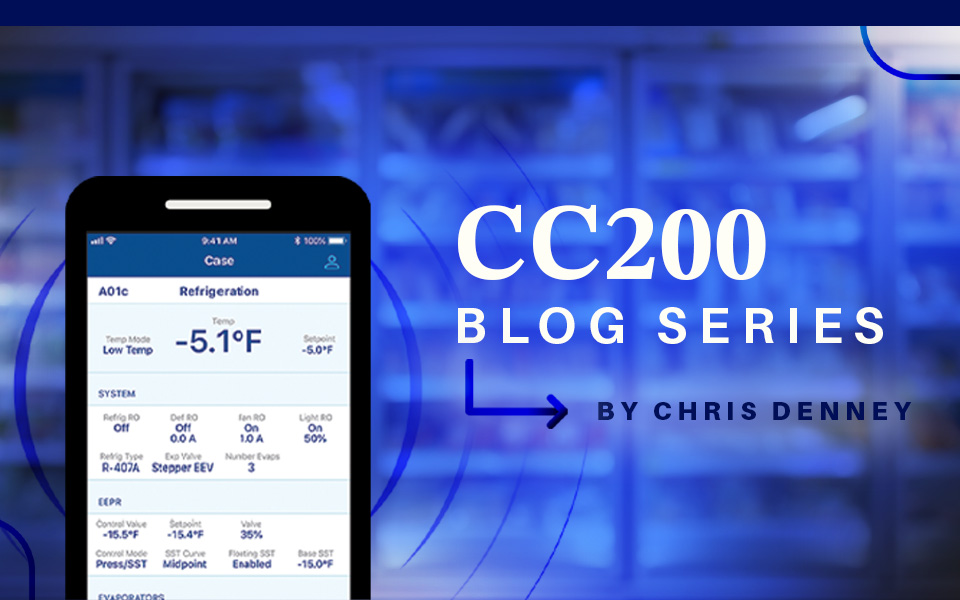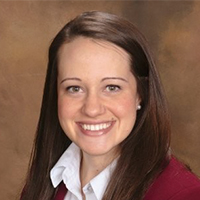*On June 1, 2023 Emerson’s Climate Technologies business became a new standalone company – Copeland. Though our name has changed, we are building on more than a century of HVACR innovation and industry leadership, and Copeland continues to offer the same products, industry stewardship, and learning opportunities you’ve grown to trust. Information found on this webpage posted before June 1, 2023 may contain our old name or branding, but you can be at ease knowing it was created with the knowledge and expertise of Copeland.

In theory, digital capacity modulation can improve any system with varying load requirements, including: supermarket and foodservice refrigeration; commercial AC; walk-in coolers/freezers; refrigerated warehousing; and process chillers and air dryers. A recent emphasis on deploying systems with lower global warming potential refrigerants is prompting many supermarket retailers to make changes to their existing refrigeration systems — thus presenting digital retrofit opportunities.
Why go digital?
Digital compression technology addresses many of the challenges of traditional refrigeration systems by enabling the benefits of capacity modulation:
-
- Reduced compressor cycling
- Increased contactor life/system reliability
- Enhanced system load match capability
- Tighter suction setpoint range
- Improved energy efficiency
The relationship between suction pressure and energy efficiency is particularly noteworthy. We estimate compressor power consumption is reduced by approximately 2 percent for every 1 PSI increase in suction pressure. When the suction pressure is held tighter, as is the case in digital retrofit systems, the suction setpoint may also be raised. It’s here where significant energy savings from digital capacity modulation can be achieved.
Principles of digital modulation
Both Copeland™ digital scroll and Discus™ digital compressors work according to a similar principle: varying the percentage of time that the compressor is loaded and unloaded to achieve the desired load requirements. For example, if the required capacity is 50% during a 20-second period, the compressor may be fully loaded for 10 seconds and completely unloaded for the remaining 10 seconds.
Regardless of the load/unload state, the speed of the digital compressor speed remains constant. During the unloaded stage of the compression cycle, the flow of suction gas is completely closed off to the cylinders; no gas is compressed and power consumption is significantly lower. A solenoid valve controls the gas flow; when it is deenergized, the suction gas resumes flow into the cylinders and normal compression resumes.
When to make the move to digital
System redesign, refrigerant changes or a compressor replacement are all viable opportunities to install a digital compressor to act as the lead compressor in a rack. In doing so, retailers will not only significantly improve refrigeration system performance, but also potentially prolong the life of the other compressors on the rack. I demonstrated this concept in the webinar with data that showed a clear reduction in compressor cycling — in one case going from 900 starts per day to 12 starts in four days.
To learn more about digital retrofits with capacity modulation, view this webinar in its entirety

10 Innovations Transforming Retail Operations
*On June 1, 2023 Emerson’s Climate Technologies business became a new standalone company –...

Simplify Refrigerated Case Servicing and Troubleshooting
*On June 1, 2023 Emerson’s Climate Technologies business became a new standalone company –...

Exploring the Advanced Functionality of the CC200 Case Controller
*On June 1, 2023 Emerson’s Climate Technologies business became a new standalone company –...
